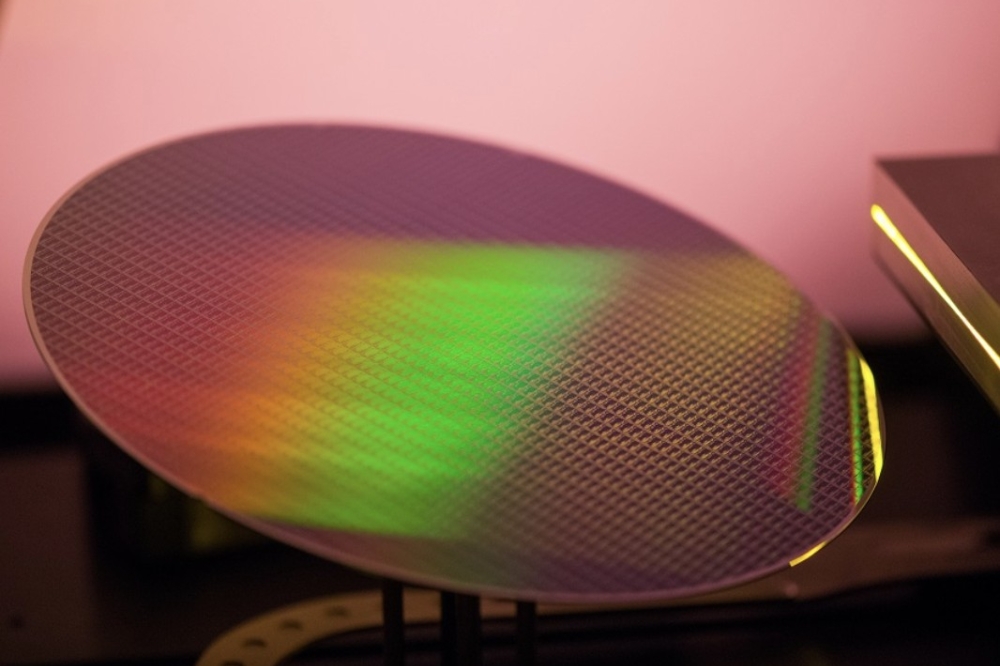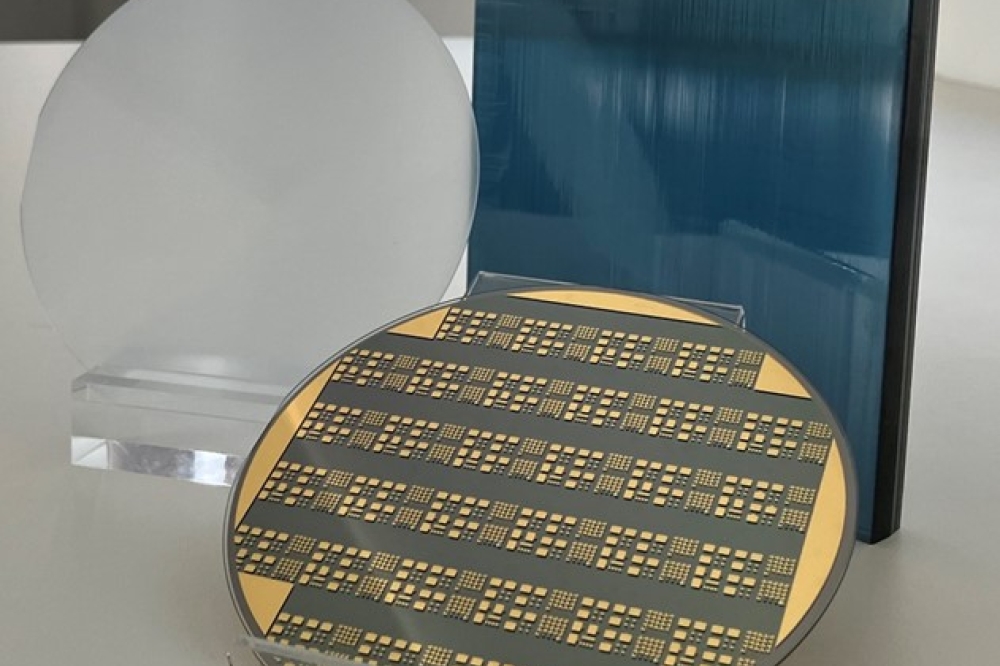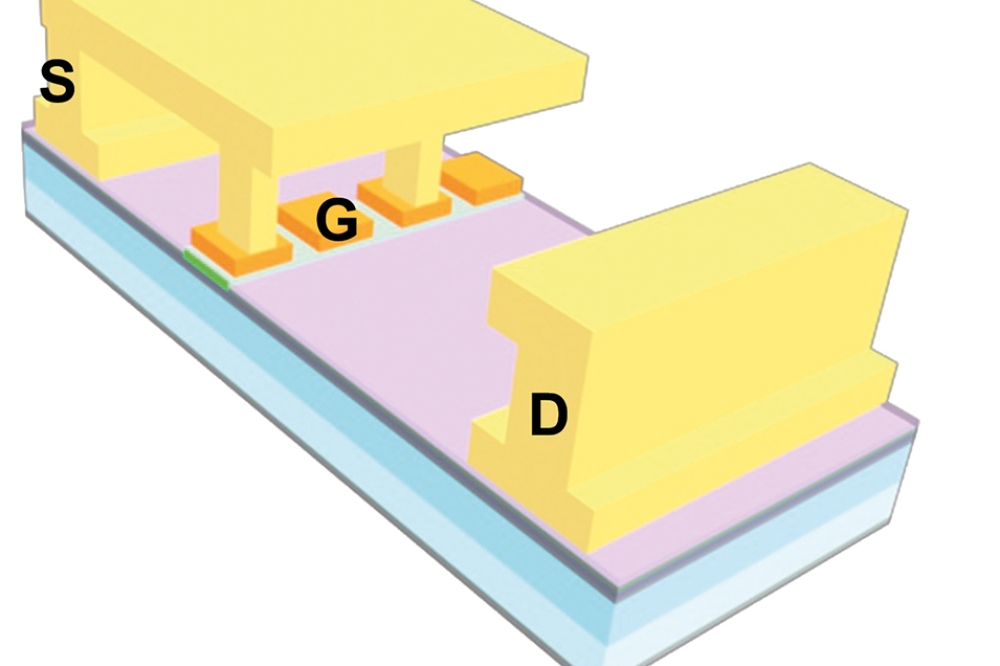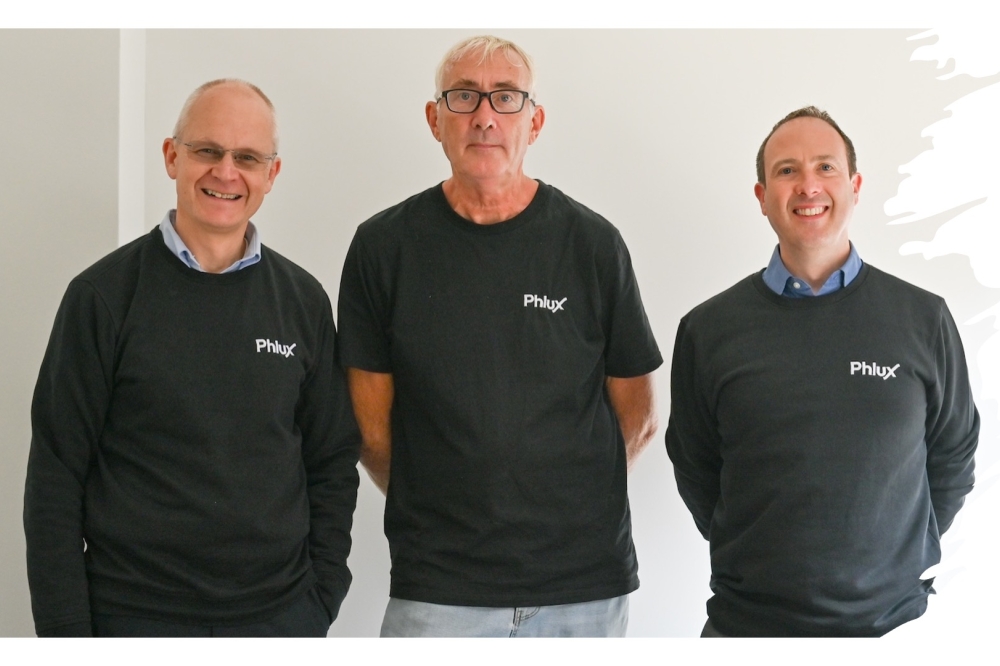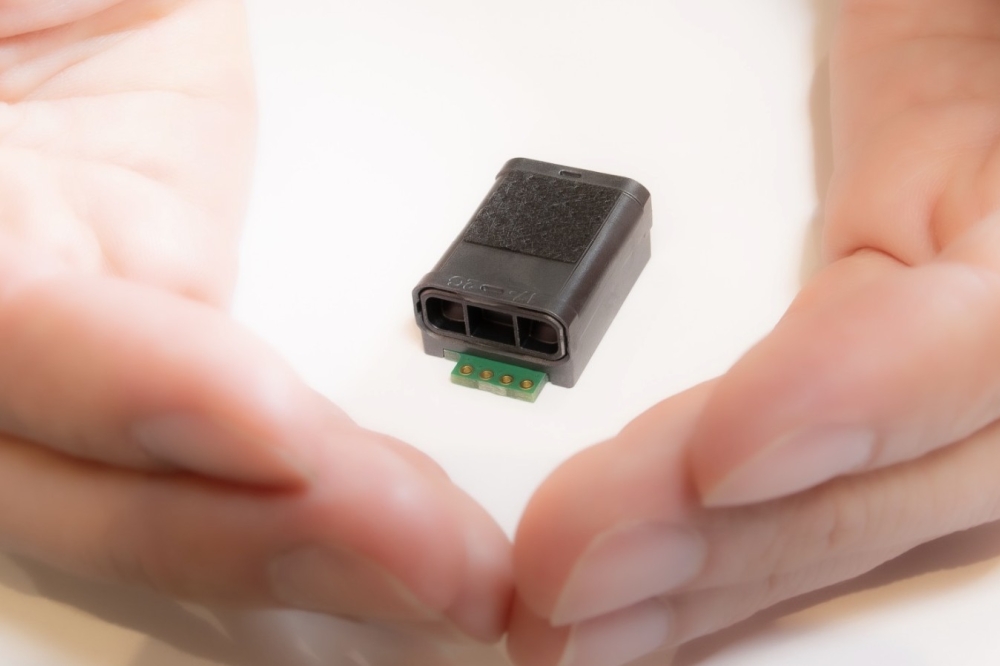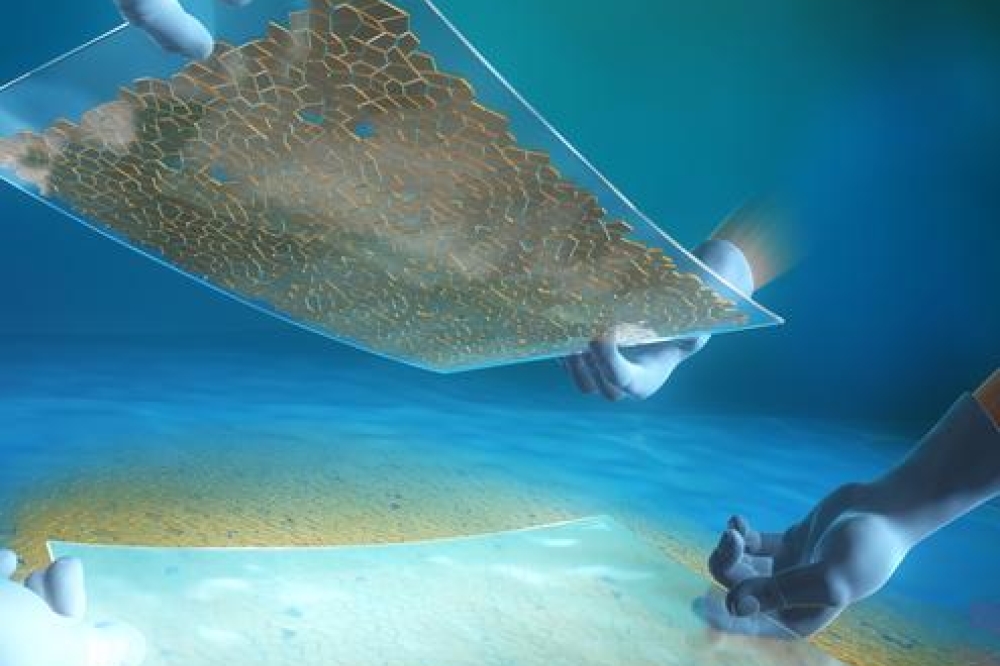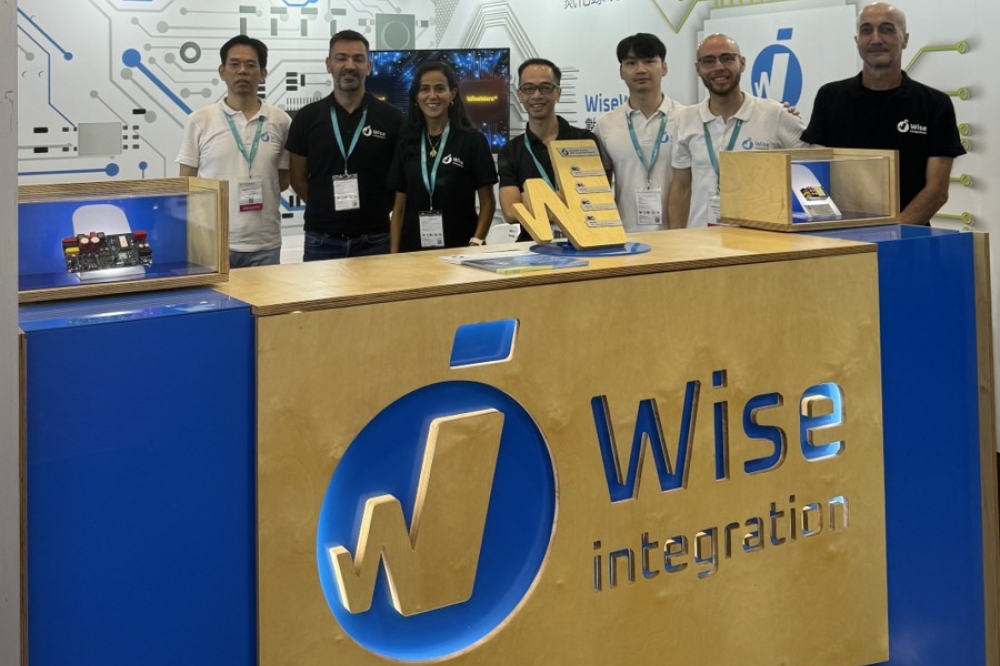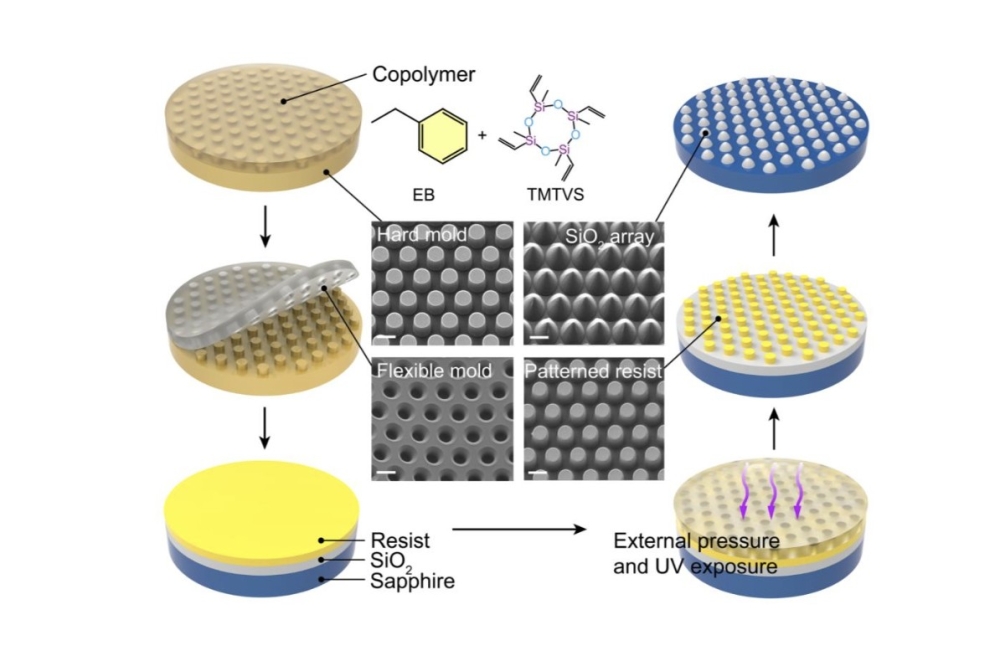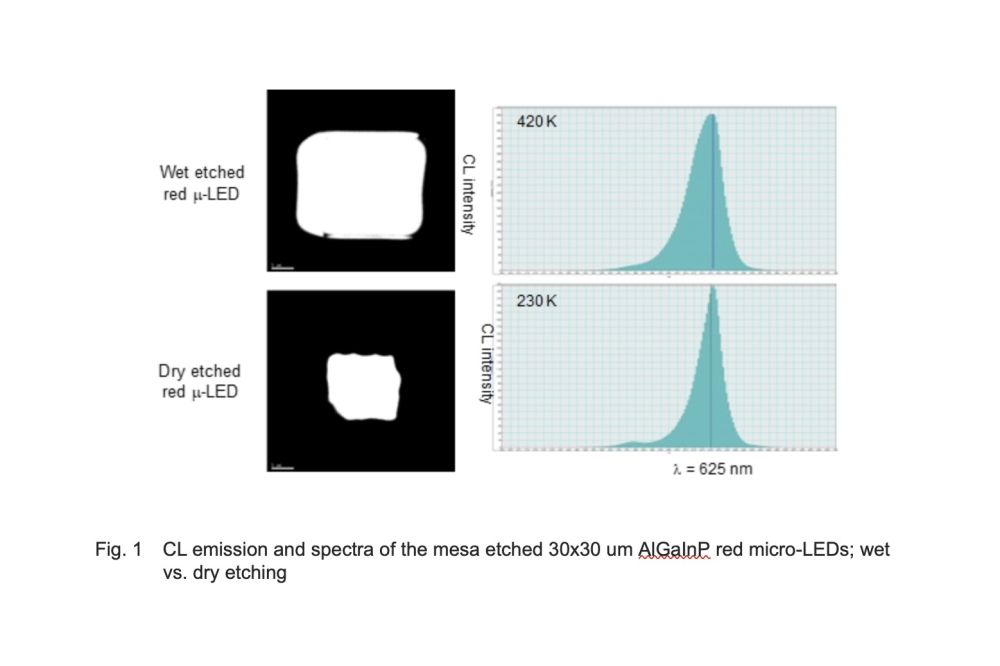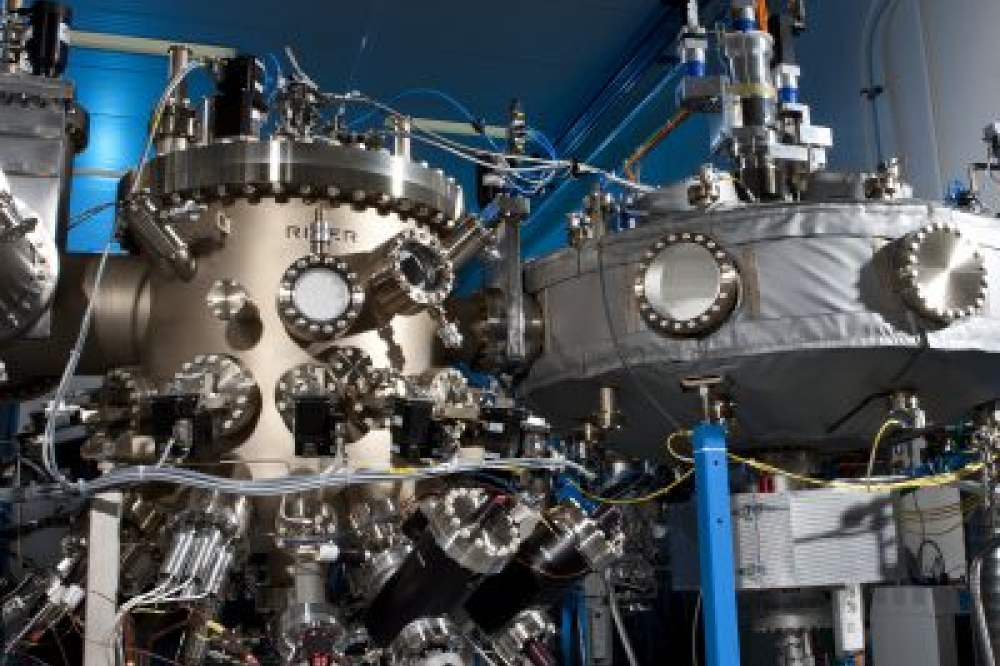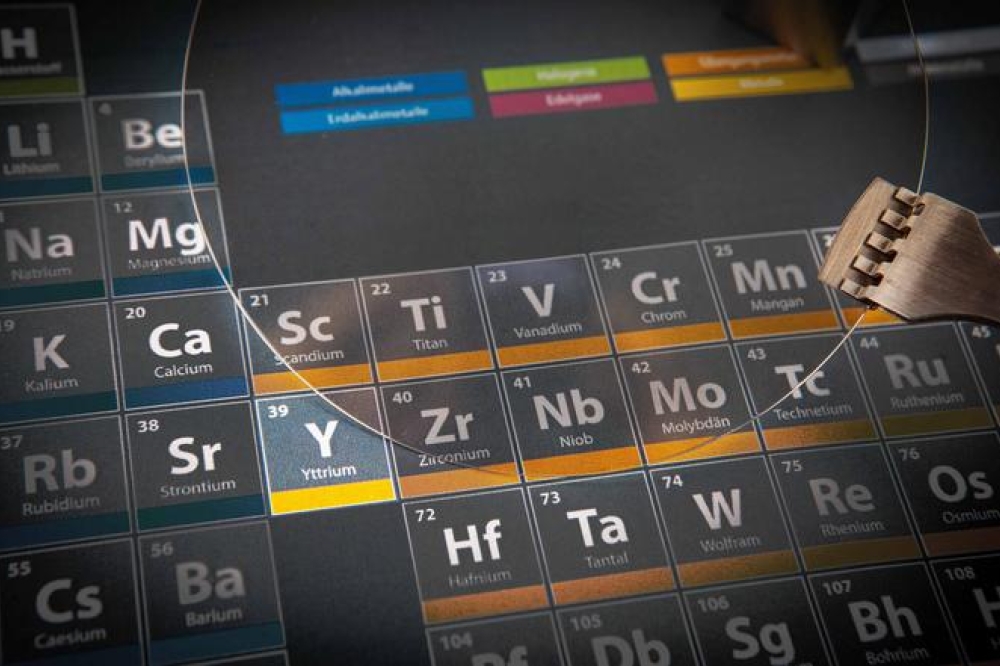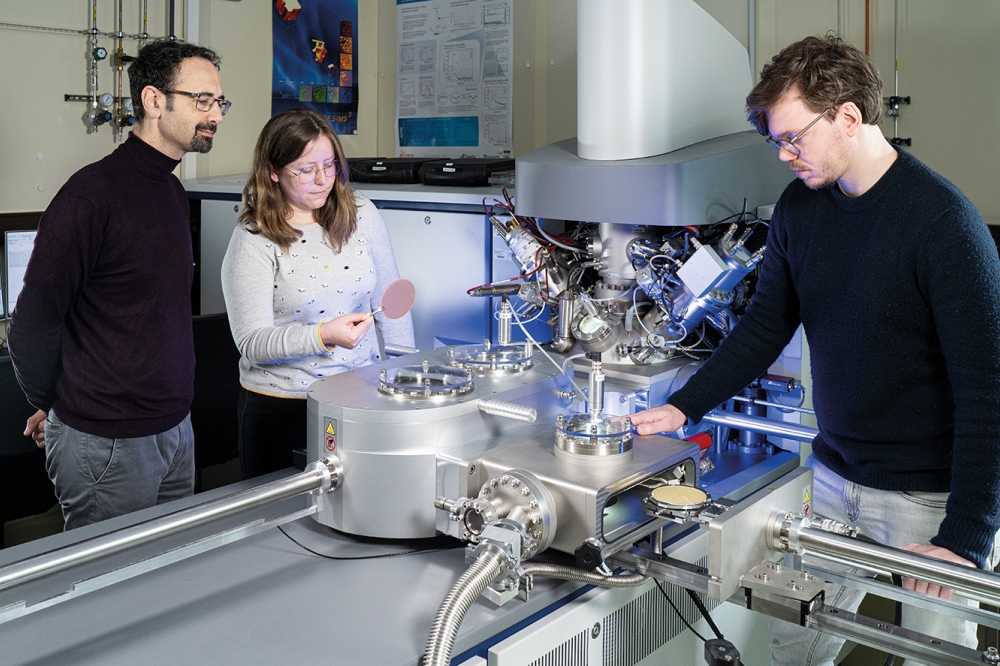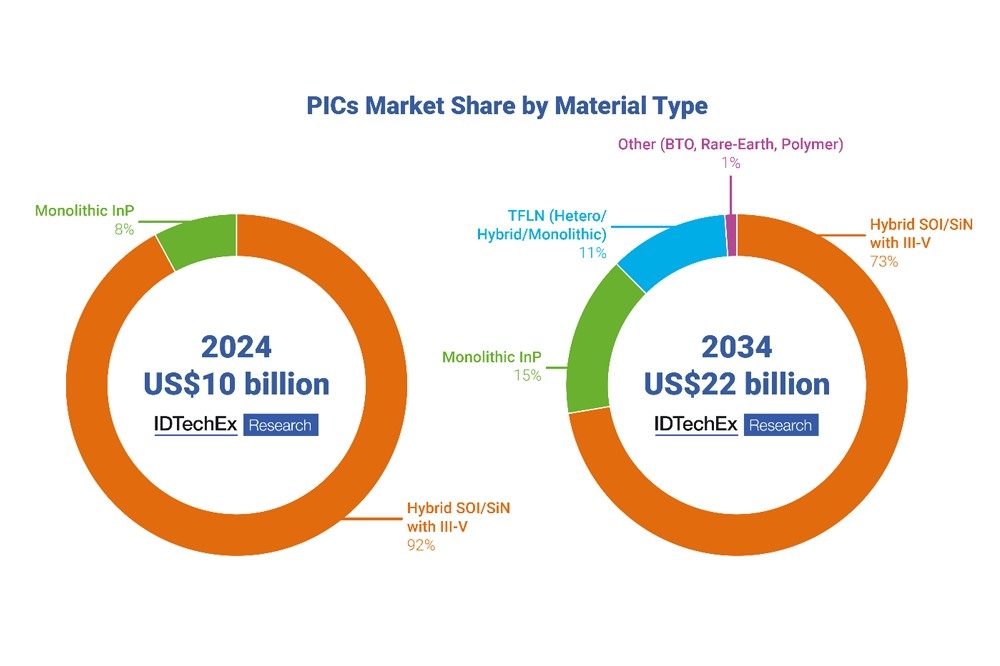ESA GaN project targets LEO and GEO satellites
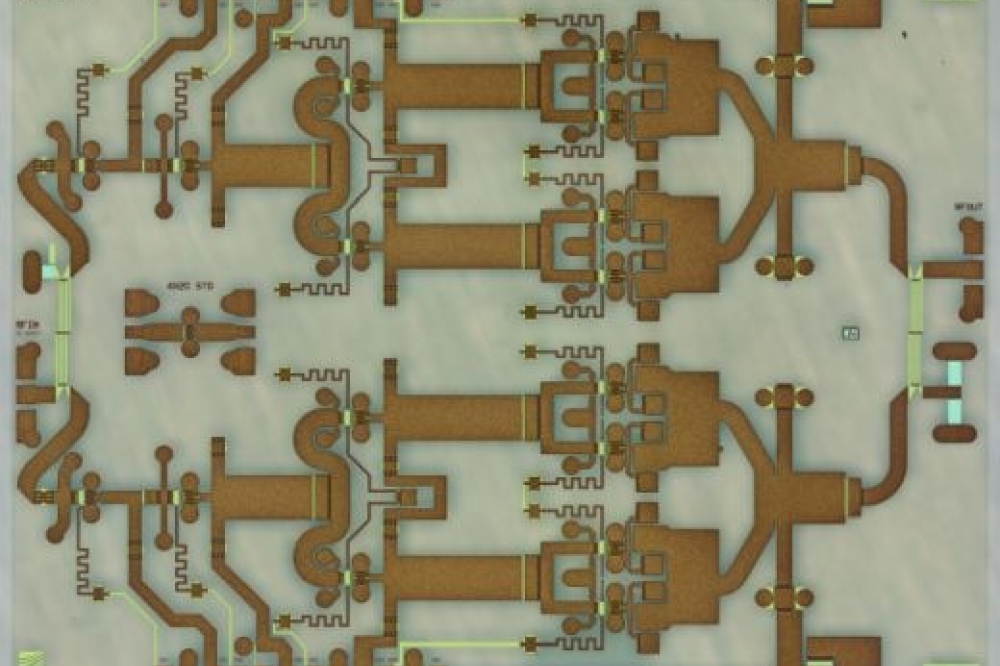
Researchers at Fraunhofer for Applied Solid State Physics IAF have announced that they are coordinating a project to develop novel efficient GaN transistors and high-power amplifiers for LEO and GEO communication satellites by 2027.
Called Magellan (High Efficiency mm-Wave GaN Transistor High Power Amplifier for GEO and LEO Active Antenna Application), the project began this year, funded under the ESA (European Space Agency) ARTES Advanced Technology Program. The aim is to address the needs of satellites and flying antenna platforms in contributing to the operation of 5G, 6G networks.
Large parts of the mmW frequency spectrum must be reallocated for this purpose, and more powerful RF technologies are required for communication in the Ka- (27–31 GHz), Q- (37.5–42.5 GHz) and W-band (71–76 GHz). These frequency bands offer greater power efficiency for mobile satellite internet (SatCom on the Move, SOTM) as well as feeder links and inter-satellite links (ISLs).
Fraunhofer IAF is working to develop highly efficient GaN HEMTs and amplifier circuits for both LEO and GEO orbits, in partnership with United Monolithic Semiconductors GmbH and TESAT-Spacecom GmbH & Co. KG.
“We want to develop a GaN technology that achieves significantly higher efficiency compared to the current state of the art. To make this happen, the gate length of the transistors is to be reduced to a size of less than 100 nm,” says Philipp Döring, coordinator of the Magellan project at Fraunhofer IAF.
However, very small structure sizes provoke disruptive short-channel effects, which have a negative impact on the reliability and performance of the component. The Fraunhofer IAF research team is therefore focusing on a new technology node with a cut-off frequency of more than 140 GHz. Once this GaN07 technology is developed, the researchers says they can avoid most of the short-channel effects and still meet the project requirements for the component.
The second overarching project objective is to realise monolithic microwave integrated circuits (MMICs) for solid-state power amplifiers (SSPAs) in Ka-, Q- and W-band using the newly developed GaN HEMTs. SSPAs are characterised by their compactness, robustness and low cost. The SSPAs manufactured using GaN07 HEMTs should also be more efficient, more linear and more resistant to cosmic radiation than currently available hardware.
Fraunhofer IAF will develop the new GaN07 technology, implement the HEMTs and MMICs and characterise and evaluate the hardware produced. The partners TESAT and UMS contribute their expertise in the application of MMICs in satellite communications and the commercialisation of the components. The aim is to enable a European value chain from semiconductor development to space application.
Pictured above: GaN amplifier circuit for inter-satellite communication links in the V-band (here: 57–70 GHz)





